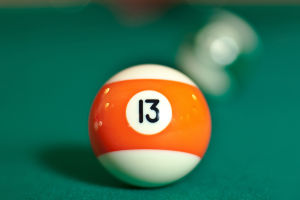Skateboarding, born in the late 1950s and early 1960s from the spirit of surfing, has evolved into a dynamic and skilful sport embraced by enthusiasts worldwide.
Originating as an offshoot of surfing culture, skateboarding has grown into one of the most exhilarating board sports, characterized by intricate manoeuvres performed on skateboards across various surfaces and specialized facilities.
In the late 1980s, skateboarding found its way to Asia, propelled by the influence of movies and cultural exchanges among skaters. The diversity of skateboarding programs expanded, encompassing longboard speed, longboard flat flower, skateboard racing, wave path racing, super ramp, skateboard freestyle, flat against the race, and other forms.
On August 4, 2016, the International Olympic Committee announced that skateboarding, along with five other sports, was officially listed as an Olympic sport, marking a significant milestone in the sport's history. Skateboarding embarked on its Olympic journey, gaining recognition on the global stage and further solidifying its status as a legitimate and competitive sport.
Official skateboarding competitions typically categorize events into street-style races and bowl pool races. The street-style race venue typically covers 1500-2000 square meters, featuring obstacles such as big steps, small steps, elevated platforms, and angled platforms.
The format of the street-style tournament follows a 2+5 structure, consisting of a Route Tournament and a Grand Juggling Tournament. During the preliminary stage, each team member has two rounds, with a 45-second time limit per round.
In the final stage, team members have two rounds of routes with the same time limit, along with five rounds of tricks (big stunts) with one move per person per round.
On the other hand, a bowl pool tournament transforms a traditional swimming pool into a skate park, hence the name "Park." Bowl pools maintain their original tile design, providing competitors with a unique and challenging environment.
The competition unfolds on a bowl-shaped prop featuring a complex series of curves, surrounded by rounded bowl walls of varying heights and slopes. The bowl competition consists of two phases: preliminaries and finals, with each athlete completing a coherent action using the bowl props. Competitors have three rounds of 45 seconds each to showcase their skills and creativity.
The globalization of skateboarding has not only expanded its reach but also diversified its community, fostering a vibrant and inclusive culture.
Skateboarding transcends geographical boundaries, bringing together individuals of different backgrounds, ages, and skill levels united by their passion for the sport.
Skate parks have become hubs of creativity and self-expression, providing a space for skateboarders to hone their skills, connect with others, and push the boundaries of what is possible on a skateboard.
The evolution and globalization of skateboarding highlight the sport's resilience and adaptability. From its humble origins as a pastime for surfers to its inclusion in the Olympic Games, skateboarding has undergone a remarkable journey, captivating audiences around the world with its athleticism and creativity.
As skateboarding continues to evolve, it remains a testament to the power of passion and perseverance, inspiring generations of skateboarders to push the limits and embrace the thrill of the ride.


